By Bill Thornbrook
It seems as if every year concludes with short days and a long holiday season seemingly crammed with more social occasions than the calendar can possibly accommodate. For some, these events may include a fancy New Year’s Eve ball. But even those of us who stay home to watch the Times Square ball drop on TV will recognize that opportunities for couples to come together can extend well beyond First Night. The chance to dance may arise at any season of the year with proms, weddings and similar celebrations.
The tradition of “formals” persists today, but arguably the heyday of such galas was the Victorian era, both in Europe and the United States. At those times decorated ballrooms hosted well-dressed couples as they executed elaborate dance steps in tandem to the music of a live orchestra.
While the custom of dancing itself goes on, most everything else has changed – including the music, the dance moves, and the attire. Certain other elements of those former times have not survived into the present. For example, the dance card has pretty much gone the way of the Lindy Hop.
Dance cards were little printed programs, measuring about 3 x 4 inches, that listed the order and kind of dances to be performed during the evening –waltzes, two-steps, etc. Opposite each number on the list was a blank space to be filled in with the name of a prospective partner. The card itself was usually enclosed in an attractive printed folder that served as a souvenir of the evening. To facilitate the sign-up, a tiny pencil might be suspended from the program by a fancy cord.
Bits of paper ephemera, like dance cards, can provide real insights to the small, now-forgotten details of ordinary life as it was once lived. For instance, how else might we discover whether young people in a place like rural Vermont were enjoying the same dance steps that were popular in the Boston suburbs or in New York City during the late nineteenth century? Without these little traces of historical litter, it would be harder to find out.
Serious students of dance history consult these lists to determine what dances were popular and where and when they were introduced. Patterns will emerge through the comparison of multiple examples from different regions. Taken together, the systematic study of dance cards, ballroom guides, diaries and letters can reveal much to historians about changing fashions in the nineteenth-century ballroom.
Today, ephemera collectors may come across vintage dance cards tucked into a pack of old letters, pasted into a scrapbook, or mixed in with picture postcards and similar items on a dealer’s table. Prices are modest, generally just a few dollars, because demand is low and most people don’t know much about them. Yet it is worth remembering that, on a special evening long ago, each of these little cards was once grasped by a hand that trembled with excitement and anticipation.
May I Have This Dance?

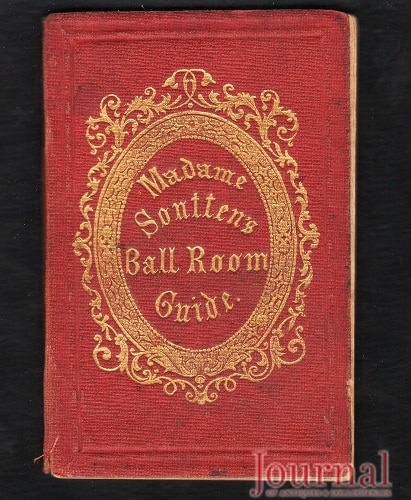
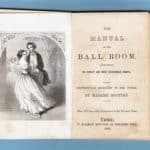
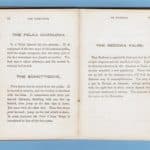
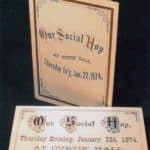
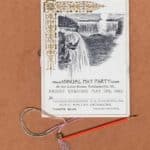
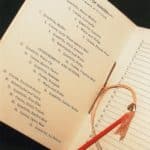
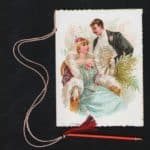
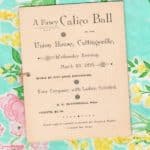
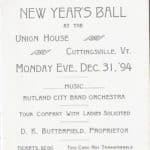
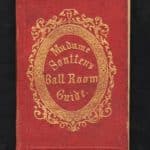
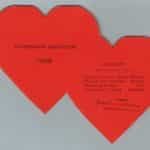
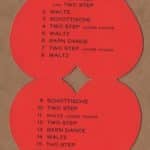

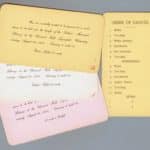





Related posts: